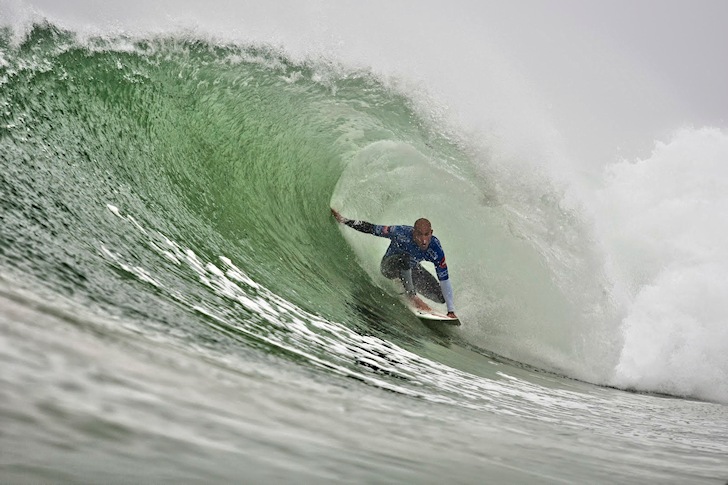Switch-foot surfing is more than a skill. The ability to ride waves with either a regular foot or goofy foot stance is a useful tool for all surf spots.
Have you ever felt a difference between the quality of your backside and frontside snaps?
Have you felt limited by the prevalence of right-handed waves in your local spot, being a goofy footer?
The majority of world surfers ride waves with their left foot forward. They're natural footers.
So what happens if they're challenged by an incredible left-handed break? Having the ability to ride in switch stance mode is a perfect skill.
Of course, the opposite situation applies to goofy footers.
The ability to surf switch-foot may not be possible in a matter of weeks. There are natural body characteristics that force your surf stance.
Legs, knees, hips, feet, and ankles may all work together to determine your dominant stance, but a lot comes from your brain.
When you learn to write, you're also defining your non-dominant hand. With balance, it is a similar procedure.
Although some surfers think it is impossible to counter your surf stance, there's strong evidence to the contrary.
Training is Everything
Switch-foot surfing can be trained.
Although you may never surf equally as well in both stances, you'll greatly improve your overall surf skills and wave riding management.
So, how do you train switch-foot surfing?
1. Tech Your Brain
Your nervous system does not recognize the new stance. Let's teach it.
Quickly jump from a prone to an upright position with the new stance. Do it ten times a day, on the floor or at the beach for four weeks.
2. Use Non-Surfing Equipment
Grab a skateboard, Bosu ball, or snowboard and alternate between your classic and new stance.
Do it 15 times a day, for four weeks, along with the previous exercise.
3. Train On a Longboard
Get your largest surfboard - a Malibu or longboard - and hit the white water.
Train the switch stance in the foam and get both feet separated by a comfortable distance. Catch a total of 50 waves.
4. Ride the White Water
Keep in the white water with a stable surfboard.
Now stand up in switch stance mode only. Forget your natural stance for a while. Ride 50 waves.
5. Move to a Shortboard
Once you feel used to surfing switch-stance in the foam, find a solid three-foot wave and try to take off with the new stance.
The first ten waves won't be easy, but you'll get it. Remember to keep a good distance between your feet.
Also, discover the importance of the back foot in surfing.
